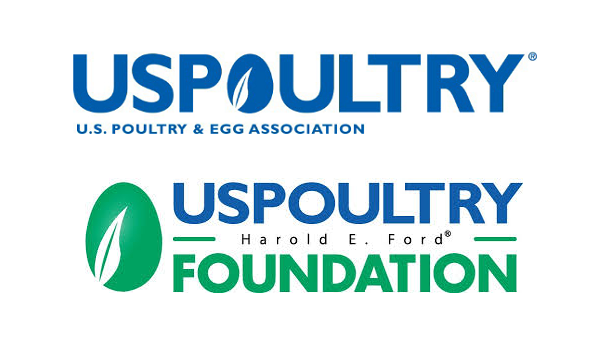
USPOULTRY and the USPOULTRY Foundation announce the completion of a funded research project by researchers at Kansas State University that aimed to evaluate the connection between indicator microorganisms and Salmonella at re-hang and post-chill stages. The research was made possible in part by an endowing Foundation gift from Cargill. The research is part of the Association’s comprehensive research program encompassing all phases of poultry and egg production and processing. A summary of the completed project is below.
Project 739: Use of Qualitative and Quantitative Microbial Data to Determine if Turkey Pre-Chill and Post-Chill Sampling Are Predictive of Salmonella enterica Contamination in Ground Turkey
(Dr. Jessie Vipham and colleagues, Department of Animal Science and Industry, Kansas State University, Manhattan, Kan.)
Currently, USDA-FSIS mandates that large turkey processors sample one turkey out of every 3,000 at both re-hang (pre-chill) and post-chill processing steps to demonstrate process control. Understanding the relationship between indicator microorganism levels at these stages and the presence of Salmonella in ground turkey can improve process control strategies and testing programs. Dr. Jessie Vipham and colleagues at Kansas State University aimed to evaluate the connection between indicator microorganisms and Salmonella at re-hang and post-chill stages. The study assessed whether this method could reliably predict Salmonella contamination at final grind, enhancing the turkey industry’s ability to meet regulatory requirements. Findings provided insights into the prevalence and control of Salmonella contamination on turkey carcasses between re-hang, post-chill and ground turkey. Data was produced which can be used to inform industry decision-making.
Findings provided insights into the prevalence and control of Salmonella contamination on turkey carcasses between re-hang, post-chill and ground turkey. Data was produced which can be used to inform industry decision-making.
The full industry summary can be found on the USPOULTRY website. Information on other Association research may also be obtained by visiting the USPOULTRY website, uspoultry.org.
Source: US Poultry & Egg Association







